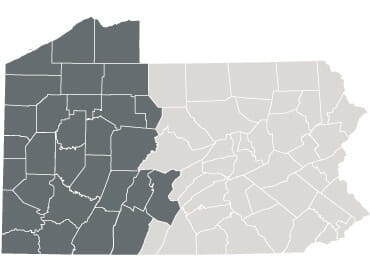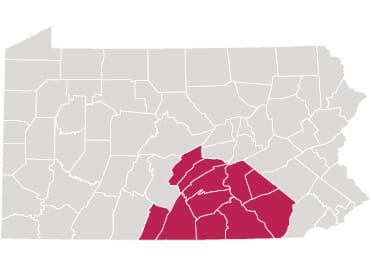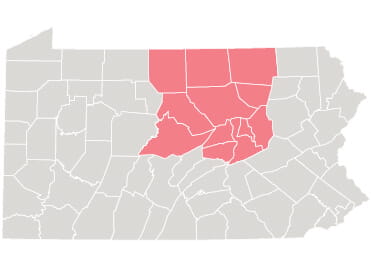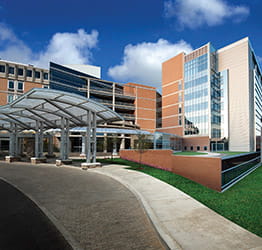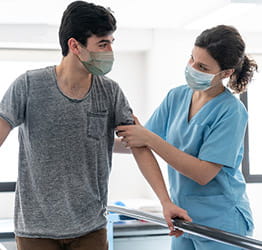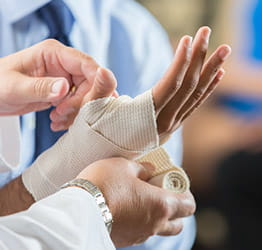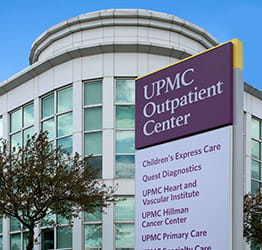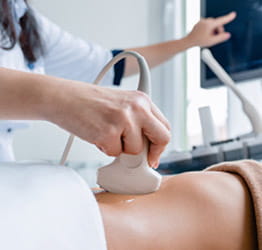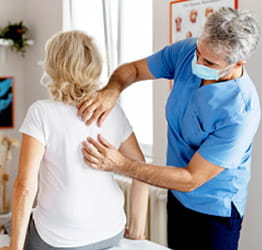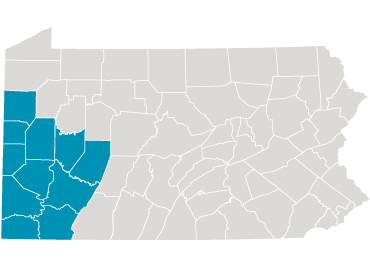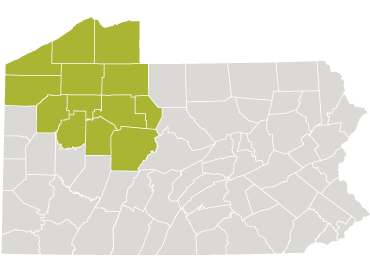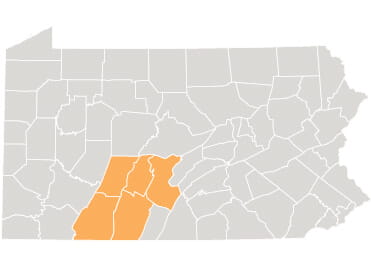What Is Sclerotherapy?
Sclerotherapy diminishes varicose and spider veins by using tiny needle injections of medication that collapse the vein, which is later absorbed into the body.
In most cases of sclerotherapy, a salt solution is injected through a very fine needle directly into your vein. The solution irritates the lining of your blood vessel, causing it to swell and stick together and your blood to clot. Over time, your vessel turns into scar tissue that fades from view.
Types of sclerotherapy
There are two types of sclerotherapy, including:
- Conventional sclerotherapy — This type of sclerotherapy is given as a series of foam or liquid injections into your veins. This may help close and remove spider and varicose veins. Performed as an outpatient procedure, doctors use a very small needle to deliver this therapy.
- Ultrasound-guided sclerotherapy (echo-sclerotherapy) — This type of sclerotherapy uses ultrasound imaging to guide the needle. It can be useful in treating veins that cannot be seen on your skin’s surface. It may also be used if the spider veins return. This procedure also can be done in your doctor's office.
Conditions we treat with sclerotherapy
- Spider veins.
- Varicose veins.
Why Would I Need Sclerotherapy?
Your doctor may recommend sclerotherapy for varicose or spider veins if:
- The vein has become swollen, red, or very tender or warm to the touch.
- There are sores or a rash on your leg or near your ankle.
- The skin on your ankle and calf becomes thick and changes color.
- One of the varicose veins begins to bleed.
- Your leg symptoms are interfering with daily activities.
- The appearance of your veins is causing you distress.
Who’s a candidate for sclerotherapy?
You may be a candidate for sclerotherapy if you are in good health and your varicose or spider veins are causing symptoms, including:
- Aching pain that worsens after sitting or standing for a long time.
- Throbbing or cramping.
- Heaviness or tiredness in your legs.
- Swelling.
- A rash that's itchy, tender, or irritated.
- Darkening of the skin (in severe cases).
- Restless legs.
- Ulcers or wounds.
Alternatives to sclerotherapy
- Compression therapy — Wearing compression stockings.
- Ablation — A minimally invasive procedure that uses heat or chemicals to damage the tissue and close the vein.
- Endovenous laser treatment — Uses a laser to heat and destroy varicose veins.
- Microphlebectomy — Removes varicose veins through a small, slit-like incision in your skin.
- Surgical ligation and stripping — A surgical procedure to remove large varicose veins.
What Are the Risks and Complications of Sclerotherapy?
Like all medical procedures, sclerotherapy comes with some risks, including:
- Infection.
- Permanent skin discoloration.
- Bleeding or bruising.
- Numbness and tingling where the veins are removed.
What Should I Expect From Sclerotherapy?
Before: How to prepare for sclerotherapy
Your doctor will explain the sclerotherapy procedure to you and answer your questions. To prepare for the procedure, you should:
- Tell your doctor if you are sensitive or allergic to any medications, iodine, latex, tape, or anesthetic agents (local and general).
- Tell your doctor about all medications (prescription and over-the-counter) and herbal or other supplements you are taking.
- Tell your doctor if you have a history of bleeding disorders or if you are taking any blood-thinning medications, aspirin, or other medications that affect blood clotting. You may need to stop some of the medications prior to the procedure.
On the day of your procedure, be sure to bring your photo ID and health insurance card(s). Leave valuables such as cash and jewelry at home.
Sclerotherapy is an outpatient procedure that is performed in your doctor’s office, so you will go home the same day. However, because the procedure is performed using local anesthesia, you may experience some numbness, cramping, or tingling at the injection site. You should arrange for someone to drive you home after your procedure.
How long does sclerotherapy take?
Sclerotherapy typically takes 15-30 minutes.
During your sclerotherapy procedure
During your sclerotherapy procedure, your doctor will use a small needle to inject a foam or liquid solution into your vein.
The number of veins injected in one session varies and depends on the size and location of the veins, as well as your general medical condition. Sclerotherapy is performed in your doctor's office.
How painful is sclerotherapy?
You may experience mild discomfort from the needle and cramping for 1-2 minutes, especially when larger veins are injected.
Recovery after sclerotherapy
After the procedure, your treated vein(s) will no longer be able to fill with blood, forcing the blood to reroute through healthier veins.
You can resume normal activities immediately after sclerotherapy. However, you should avoid strenuous activities for 1-2 weeks. To prevent blood clots, you will wear compression socks or bandages for several days or weeks following the procedure.
What is the downside of sclerotherapy?
You may experience certain side effects after sclerotherapy. Milder effects, such as itching, can last for one or two days after the procedure. You may also experience raised, red areas at the injection site. These should disappear within a few days. Bruising may also occur around the injection site, lasting several days or weeks.
The same vein may need to be treated more than once. Treatments are usually done every four to six weeks.
How long does sclerotherapy last?
Sclerotherapy closes off your vein so it can no longer fill with blood, causing it to eventually disappear. As a result, sclerotherapy is considered a permanent treatment for varicose and spider veins.
When to call your doctor about sclerotherapy complications
You should call your doctor if you are experiencing any unusual symptoms, including:
- Pain, redness, bleeding, drainage, or increased swelling at the injection sites.
- A fever of more than 100.0°F.
- Numbness or tingling that doesn’t go away.
What’s the prognosis after sclerotherapy?
Sclerotherapy effectively treats varicose and spider veins, delivering outstanding cosmetic results and symptom relief.
What’s the success rate of sclerotherapy?
Sclerotherapy is successful for 75 to 90% of people. However, large veins may require multiple treatments. People whose varicose and spider veins do not respond to sclerotherapy, or whose veins return, may need another type of treatment, such as ablation or surgery.
Why Choose UPMC for Sclerotherapy?
Our vein specialists are among the most experienced in the region and provide comprehensive varicose and spider vein treatment. They use minimally invasive techniques whenever possible to treat varicose and spider veins and deliver outstanding cosmetic results with minimal discomfort and downtime.
By UPMC Editorial Staff. Last reviewed on 2024-10-01.

